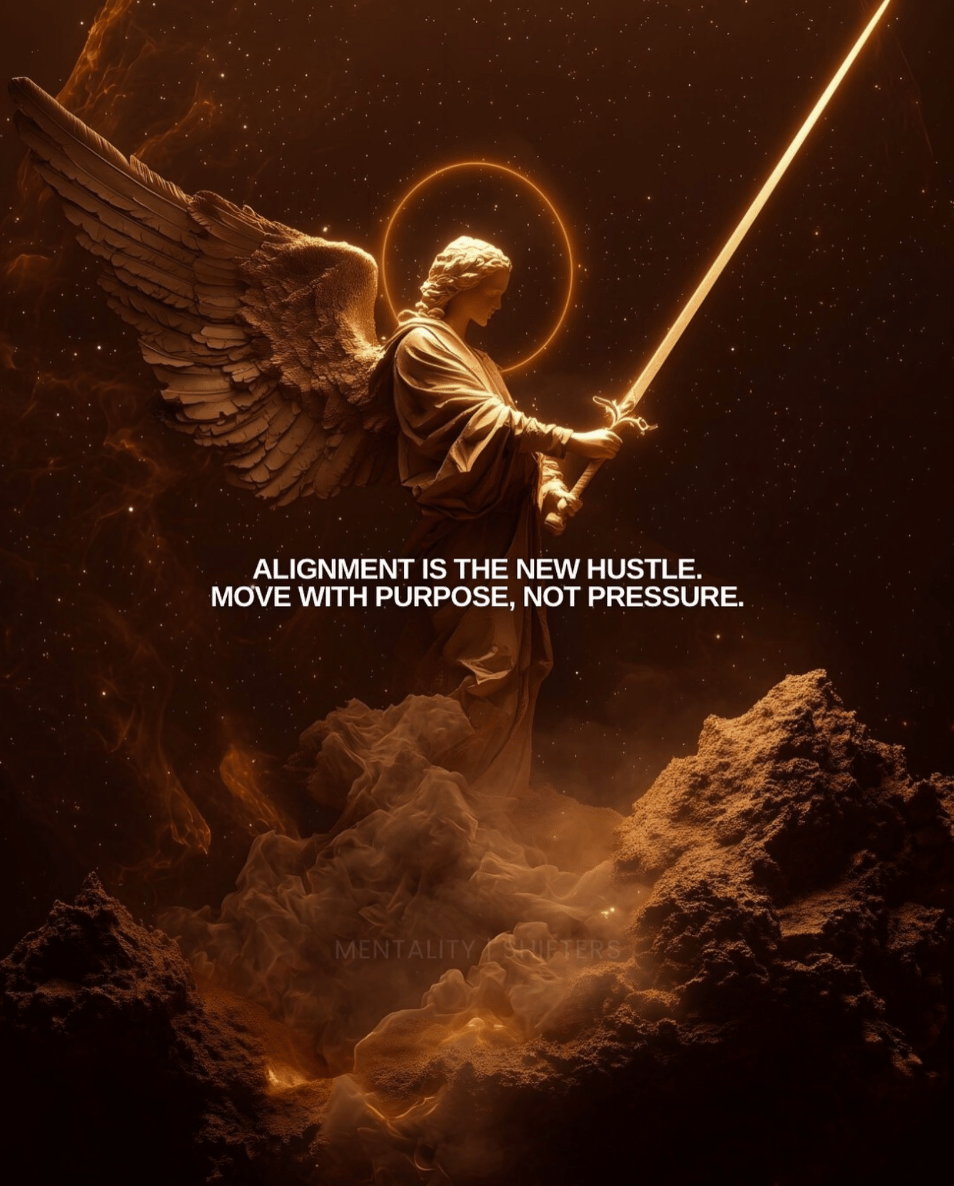- Spring Media
- Posts
- The most overlooked piece of the scale puzzle
The most overlooked piece of the scale puzzle
The Thursday Brain Download
Hey, it’s Arik.
Lately, I’ve been deep in landing page tests and I’ve gotta say, there are brands out there leaving way too much money on the table.
Everyone wants better ads, better email, and better retention. But if your landing page doesn’t convert, it doesn’t matter how good your ads are. You’re just pouring traffic into a leaky bucket.
You could be sending world-class traffic to a page that doesn't have a clear offer or give customers a real reason to buy.
Let’s zoom out for a second.
• Say you’re selling a $40 product
• Your site converts at 2% (which is average)
• That means 100 people = 2 purchases = $80
Now let’s say you increase conversion to 4% and raise AOV to $60
• Same 100 people = 4 purchases = $240
You just 3x'd your revenue with no extra ad spend, just better fundamentals.
This is what separates break-even campaigns from profitable ones that actually scale.
Here’s what I’ve been seeing work across client accounts:
1. Don’t make people guess
Your headline isn’t the place to be clever; it’s the place to be clear.
That first section needs to tell people what the product is, who it’s for, and why it matters without them having to scroll.
When we started leading with a headline like “Clinically studied ingredients that help you fall asleep in under 20 minutes,” conversions increased. It didn’t need to be witty, just real.
2. The offer is what drives action
Now, when I say offer, I'm not only talking about a discount; I'm talking about how the value is framed.
Now, when I say offer, I'm not only talking about a discount; I'm talking about how the value is framed.
You could be selling a 3-pack of something, but if you call it “The Daily Reset Kit” and position it as a wellness ritual, suddenly, it’s not just a product; it’s a solution.
Here are a few examples of offers that I've seen work quite well:
• Bundles tied to a specific goal (like “Gut Health Starter Kit” or “Energy Stack”)
• Free gift with first purchase (low lift, high impact)
• Tiered discounts or subscribe-and-save with a twist (bonus product instead of just percentage off)
You want people to see it and feel like it makes sense to buy now, not next week.
3. Page layout matters more than you think
You don't need a fancy funnel, but the order of your content does change how people engage.
Here's the structure I follow:
• Strong hook up top (headline + subhead)
• Quick promise in the subhead (what this is and why it matters)
• Product visuals, especially if you’re sending cold traffic
• Social proof that speak to outcome, not just “tastes great”
• Skimmable copy that hits benefits, ingredients, objections, and use
• Clear CTA with urgency
The goal here is to build trust fast. If someone clicks from an ad and the page feels like a direct extension of the message they just saw, they’re way more likely to convert.
4. Align your ads and your page
I can’t tell you how many times I’ve seen a great ad driving to a totally disconnected product page.
If your ad is about improving gut health, but your page opens with “clean ingredients,” it won't give you the results you're aiming for. I’ve made this mistake before, and it’s an easy fix that makes a huge difference.
Your landing page should feel like a natural continuation of the ad. Same tone, same angle, and same language.
Here’s where I’d start this week:
1. Look at your top-performing ad
Go into Meta, filter by last 7 or 14 days, and sort by highest CTR or highest ROAS. Pick the ad that’s already working (the one driving the most purchases, or getting the best cost-per-click). This is your control. It’s the creative the algorithm is already favoring, and more importantly, it’s the one your customers are actually resonating with.
2. Ask: what’s the core angle? What problem is it solving?
Read the ad as if you’ve never seen the brand before. Is it focused on fast relief? Long-term benefits? A specific routine or outcome? You’re not just looking at the words, you’re looking for the reason someone would stop scrolling and think, “Oh, I need this.” The more specific you can get, the better. “Better skin” is vague. “Reduces hormonal acne within 7 days” is a clear outcome. That’s your angle, and that’s what the landing page should reflect immediately.
3. Check your landing page. Is that the first thing someone sees when they click?
Now, click through the ad and put yourself in the buyer’s shoes. Does the headline reinforce the same promise? Is the product shown above the fold? Do the visuals and copy feel like a natural continuation of the ad’s message, or does it feel like you landed on a completely different planet? That disjointed experience is what kills conversions. The click got them interested; the landing page needs to close the loop.
Do this, and you’ll instantly start seeing the gap between traffic and purchases close.
See you next week,
Arik
